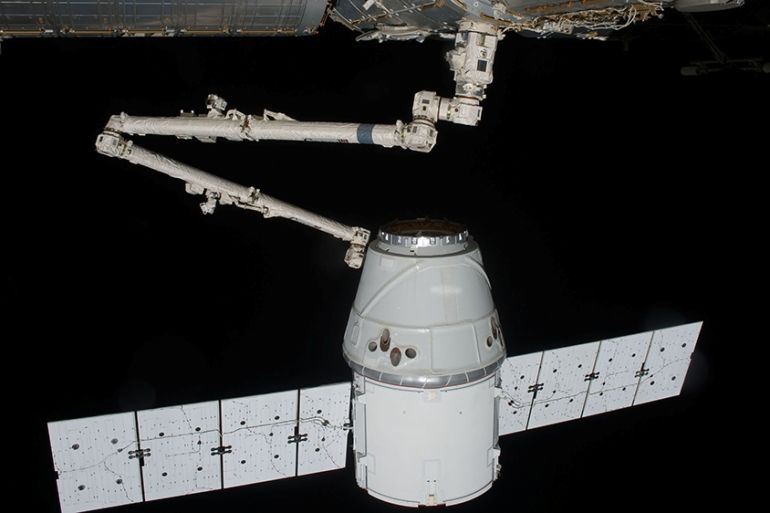SpaceX: One critical test Sunday, then humans launch
Elon Musk’s space company is just one step away from sending astronaut crews into orbit.

To make a 21st-century space launch system safe for human spaceflight, you have to break a rocket. That’s what Elon Musk’s space company, SpaceX, is doing this weekend just 84 seconds after liftoff.
The launch was originally scheduled for Saturday, but the company is now targeting Sunday “due to sustained winds and rough seas in the recovery area.”
Keep reading
list of 3 itemsIndia approves third moon mission
Boeing Starliner is back on Earth
SpaceX is going to order the rocket engines to shut down while in flight to prove that its Crew Dragon spacecraft will whisk astronauts away from a speeding rocket and to safety in the unlikely event of an emergency while ascending into orbit.
The rocket is not supposed to explode, but both NASA and SpaceX expect that it will break apart, possibly in flames.
“This isn’t like launch day. What’s different about it? Well, on launch day we’re really hoping for it to not be exciting. I will tell you tomorrow will be an exciting day,” said NASA Commercial Crew Program manager Kathy Lueders at a pre-launch press conference on Friday at Kennedy Space Center.
“We are purposely failing a launch vehicle to make sure that our abort system on the spacecraft that will be flying for our crews works,” Lueders added.
The test, known as “in-flight abort” or IFA, is the last, critical and contractually agreed-upon milestone before NASA astronauts fly on SpaceX’s Crew Dragon spacecraft and Falcon 9 rocket to the International Space Station (ISS). If the test is a success, US astronauts could launch from US soil for the first time since 2011, aboard a Crew Dragon as soon as February.
The goal
SpaceX and its competitor, Boeing, are separately developing human-capable launch systems and spacecraft as part of NASA’s Commercial Crew Program, which is key to NASA’s policy to shift responsibility for Low Earth Orbit activities, like managing the ISS, to commercial operators.
While launching humans up and into Low Earth Orbit is considered a great technological feat for nations, Sunday’s test is really just the beginning of Musk’s real ambition for his company. He wants SpaceX to take people to the moon and Mars.
NASA hopes that its partnership with commercial firms will allow the agency to concentrate its resources on its science and human exploration programmes, especially the Artemis moon mission. NASA is aiming to land astronauts on the lunar surface in 2024.
The test
No one is going anywhere too far or fast until SpaceX, Boeing, or both can prove that they can get astronauts safely off the ground.
In order to simulate the environmental stresses of a normal launch, the rocket and capsule will ascend using a trajectory mimicking the flight path it would take as if it were going to the ISS. All will look normal until 84 seconds into the flight, when the Falcon 9 engines will shut down at roughly 19km (11.8 miles) above the Earth.
At that instant, the rocket-capsule launch system will be experiencing what is called Max Q, the moment aerodynamic pressure peaks and places the most mechanical stress on a rocket. At almost exactly that juncture, the Crew Dragon’s launch escape system should automatically trigger its SuperDraco thrusters, separating the capsule from the rocket and flying it out of harm’s way.
SpaceX’s Crew Mission Management Director Benji Reed said that at about five minutes into testing, the Crew Dragon’s parachutes will deploy, with the capsule splashing down onto the Atlantic Ocean five minutes later. In addition to recovery crews, the US Air Force is practicing its emergency preparedness procedures as well.
“It’s always an important thing to remember: it’s the Falcon and the Dragon,” Reed said. “It’s the ground systems. It’s the operators. It’s all the hardware, all the software. It all goes into it together. And tomorrow’s test is one of those things that’s going to actually let us test this system end to end.”